Fish Ladder
Important Point
A fish ladder is a structure that allows migrating fish passage over or around an obstacle on a river.
Fish ladder near the south shore of Long Island, where recorded Alewive migration was occurring.
The survival of many fish species depends on migrations up and down rivers.
What Is Fish Ladder?
A fish ladder also is known as a Fish Pass, Fishes or Fish Steps. The terms fishway and fish ladder are used in North America, and a fish pass is used in Europe.
A fish ladder is a structure on or around artificial and natural barriers (such as dams, locks and waterfalls) to facilitate diadromous fishes’ natural migration as well as movements of potamodromous species.
The survival of many fish species depends on migrations up and down rivers.
Among anadromous fish such as salmon, shad, and sturgeon, downstream migration is a feature of early life stages, while upstream migration is a feature of adult life.
Among catadromous, like the North American eel, the opposite is true.
River obstructions such as dams, culverts, and waterfalls have the potential to slow or stop fish migration.
Indeed, these impediments to fish migration are often implicated in the decline of certain fish stocks.
A fish ladder provides a detour route for migrating fish past a particular obstruction on the river.
Designs vary depending on the obstruction, river flow, and species of fish affected, but the general principle is the same for all fish ladders: the ladder contains a series of ascending pools that are reached by swimming against a stream of water.
Fish leap through the cascade of rushing water, rest in a pool, and then repeat the process until they are out of the ladder.
Also, Read : Difference Between Flyover and Bridge | What Is Flyover | What Is Bridge
Fish Ladders in Dams
Fish Ladders are small elevated steps or passes made in dams, with water releases to enable fish to migrate in the upstream (or downstream) of the dam.
This upstream migration is a part of the reproductive cycle of many fish, like Hilsa and Mahseer in India.
How Do Fish Ladders Work?
Fish Ladders are small elevated steps or passes made in dams, with water releases to enable fish to migrate in the upstream (or downstream) of the dam.
This upstream migration is a part of the reproductive cycle of many fish, like Hilsa and Mahseer in India.
Also, Read: Difference Between Bridge and Culvert | What Is Bridge | What Is Culvert
Types of Fish Ladder
- Pool and Weir Fish Ladder.
- Pool and Orifice Fish Ladder.
- Vertical Slot Fish Ladder.
- Baffle Fishway.
- Rock Ramp Fishway.
- Fish Elevator.
- Siphon Fishway.
Pool and Weir Fish Ladder.
- One of the oldest styles of fish ladders.
- This fish ladder is almost similar to pool and weir fish ladders and the only difference.
- It consists of a series of small overflow weirs and pools of regular length.
- The pools are constructed in the form of steps and these pools are divided by overflow weirs.
- In this case, fish need to jump from one pool to another to migrate to the upstream.
- Pool and weir fish ladders are suitable for all types of structures either it is small scale or large scale.
- However, they require a large space to construct.
Also, Read: What Is Bridge Pier | Type of Bridge Pier
Pool and Orifice Fish Ladder.
- Pool and orifice fish ladder is almost similar to pool and weir fish ladder and the only difference, in this case, is the overflowing weir is provided with a submerged orifice within its body.
- Hence, in this case, the fish can travel to upstream by just passing through each orifice rather than jumping over the weir crest.
Also, Read: Difference Between Pier and Abutment | What Is Pier | What Is Abutment
Vertical Slot Fish Ladder.
- Similar to a pool-and-weir system, except that each “dam” has a narrow slot in it near the channel wall.
- In this case, the weirs are replaced by walls with vertical slots so that the fish can pass though these slots from pool to pool and to the upstream easily.
- Vertical-slot fish passages also tend to handle reasonably well the seasonal fluctuation in water levels on each side of the barrier.
- This type of fish ladder is recommended where there is a huge amount of fish migration in the river.
- Recent studies suggest that navigation locks have a potential to be operated as vertical slot fishways to provide increased access for a range of biota, including poor swimmers.
Also, Read: West Point Bridge Designer
Baffle Fishway.
- Baffle fishway is another type of fishway which is in the form of a rectangular channel with a series of equally spaced baffles perpendicular to the direction of flow.
- Uses a series of symmetrical close-spaced baffles in a channel to redirect the flow of water, allowing fish to swim around the barrier.
- Baffle fishways need not have resting areas, although pools can be included to provide a resting area or to reduce the velocity of the flow.
- Such fishways can be built with switchbacks to minimize the space needed for their construction.
- Baffler fishways are of different types, namely:
- Denil Fishway
- Larinier Fishway
- Alaskan Fish Pass
- Chevron Fishway
- Baffles come in a variety of designs. The original design for a Denil fishway was developed in 1909 by a Belgian scientist, G. Denil; it has since been adjusted and adapted in many ways.
- The Alaskan Steeppass, for example, is a modular prefabricated Denil-fishway variant originally designed for remote areas of Alaska.
- Baffles have been installed by Project Maitai in several waterways in Nelson, New Zealand, to improve fish passage as part of general environmental restoration..
Also, Read: How Are Bridges Built
Rock Ramp Fishway.
- Rock ramp fishways are built using large size rocks and timber logs.
- In this type of fishway, a rock ramp is prepared directly over the obstruction across its width with some slope.
- Pools and falls are created by these large rocks in such a way that the fishes can easily pass over them.
- Rock ramp fishways are well suitable for low height obstructions, where upstream water level control is not essential and some barriers suitable for rock ramp fishway are low height weirs, short waterfalls, channel stabilization structures, etc.
- Uses large rocks and timbers to create pools and small falls that mimic natural structures.
- In this type of fishway, a rock ramp is prepared directly over the obstruction across its width with some slope.
Also, Read: What Is Bridge Abutment | Types of Abutments
Fish Elevator.
- Fish elevators also called fish lift is another type of fish in which the fish is lifted from the bottom to the top by a chamber filled with water.
- Breaks with the ladder design by providing a sort of elevator to carry fish over a barrier. It is well suited to tall barriers.
- Compared to ladder-type fish passes, the fish elevator facilitates a huge amount of fish migration at a given time.
- Some larger-sized species cannot travel upstream nearby due to smaller size openings, poor swimming capabilities.
- For such type of species, Fish elevators are best suitable.
- Fish lifts are well suitable for tall obstructions such as arch dams, high weirs, etc.
- When enough fish accumulate in the collection area, they are nudged into a hopper that carries them into a flume that empties into the river above the barrier.
- On the Connecticut River, for example, two fish elevators lift up to 500 fish at a time, 52 feet (15.85 m), to clear the Holyoke Dam. In 2013, the elevator carried over 400,000 fish.
Like this post? Share it with your friends!
Suggested Read –
- Dam Types
- Types of Weirs
- Difference Between CPM and PERT | What Is CPM & PERT
- Hempcrete Vs Concrete | What Is Hempcrete | What Is Concrete
- Difference Between Veneer and Laminate | What Is Veneer | What Is Laminate
- Difference Between Compaction and Consolidation | What Is Compaction | What Is Consolidation
- PVB Vs SGP | What Is Limited Glass | What Is Polyvinyl Butyral (PVB) | What Is Sentry Glass Plus (SGP)
- BHK Full From | What Is BHK | What does 1BHK, 2BHK, 3BHK, 4 BHK, 2.5 BHK, 1 RK, 2 BHK 2T, 3 BHK 2T, 3 BHK 3T Mean
Originally posted 2020-11-04 17:04:52.
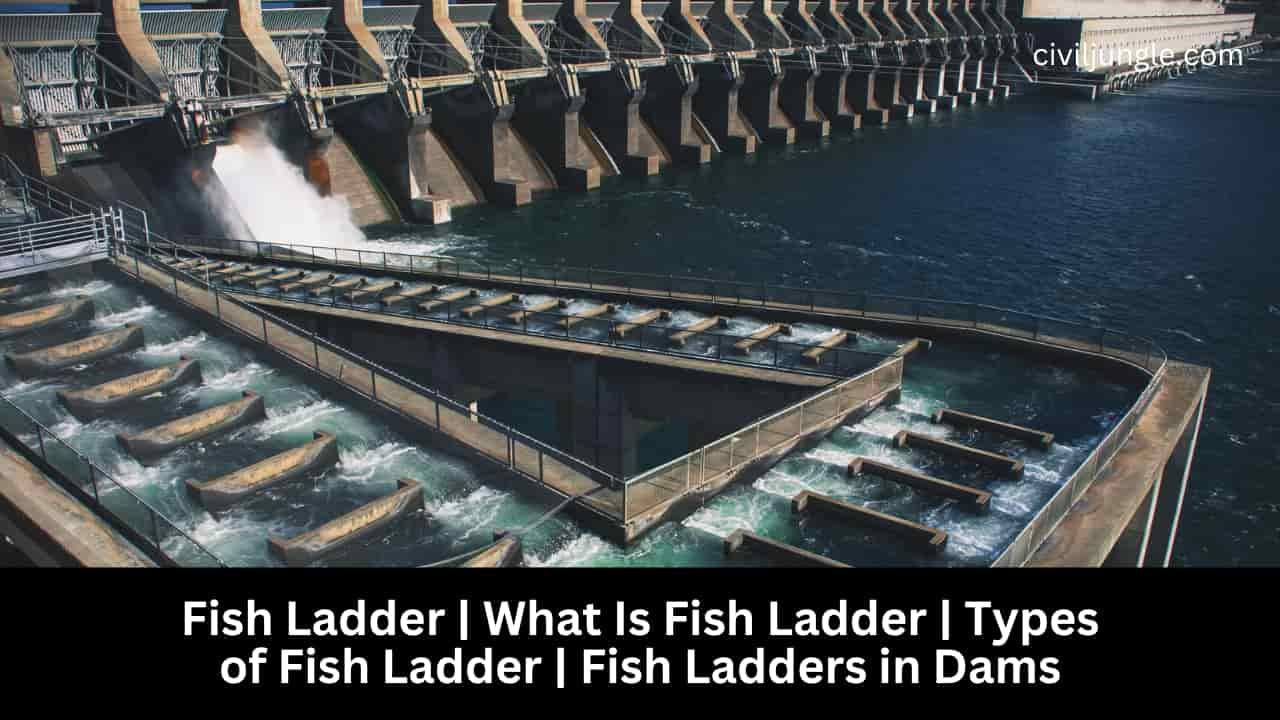


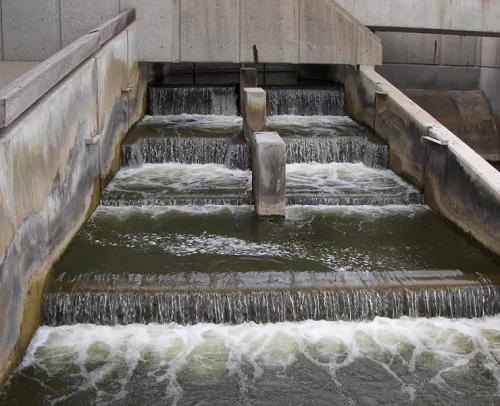
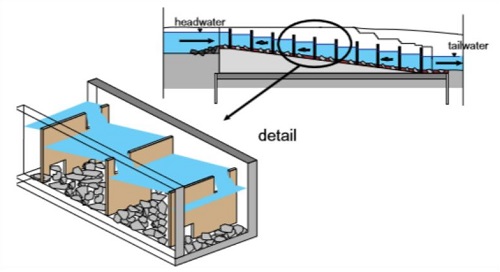

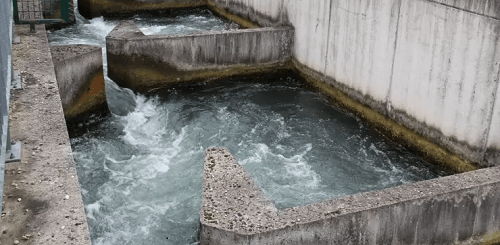
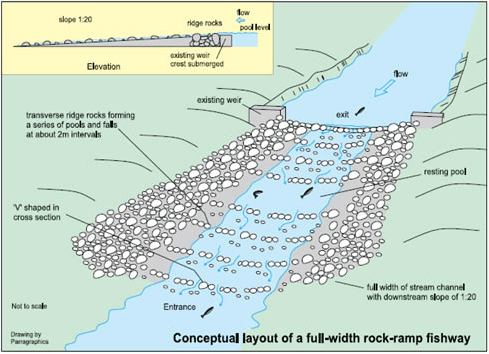
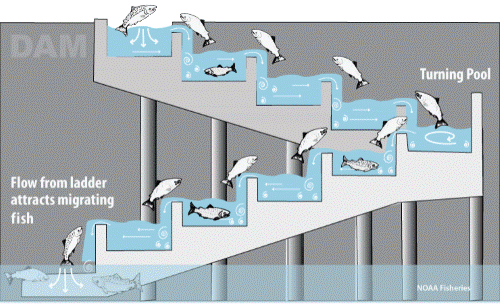

Leave a Reply